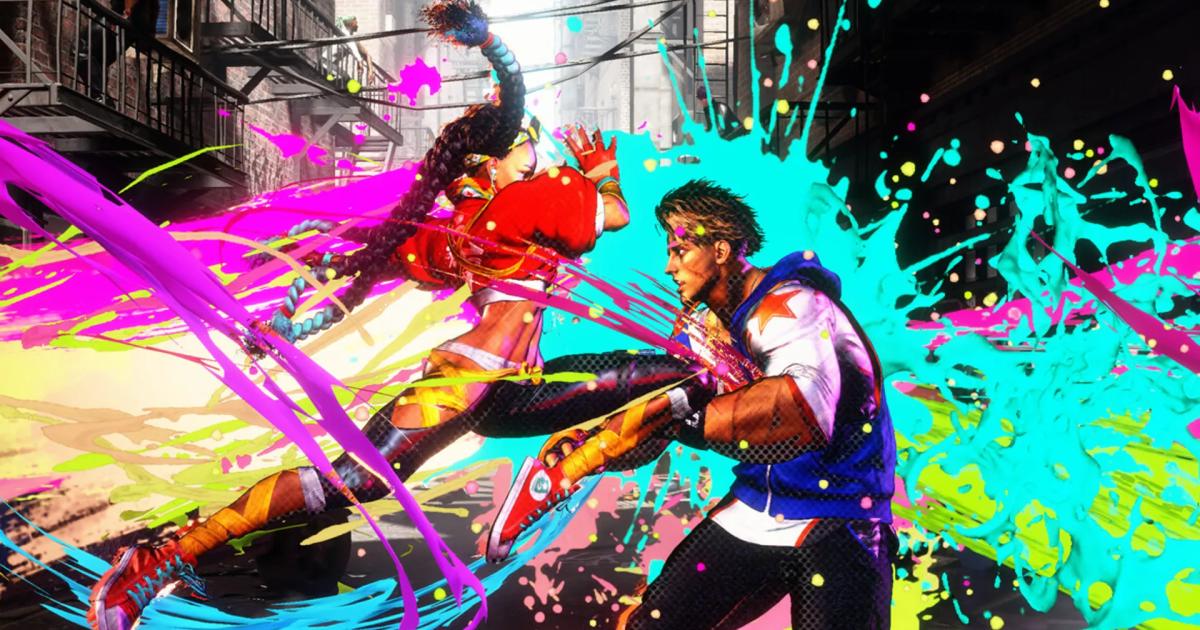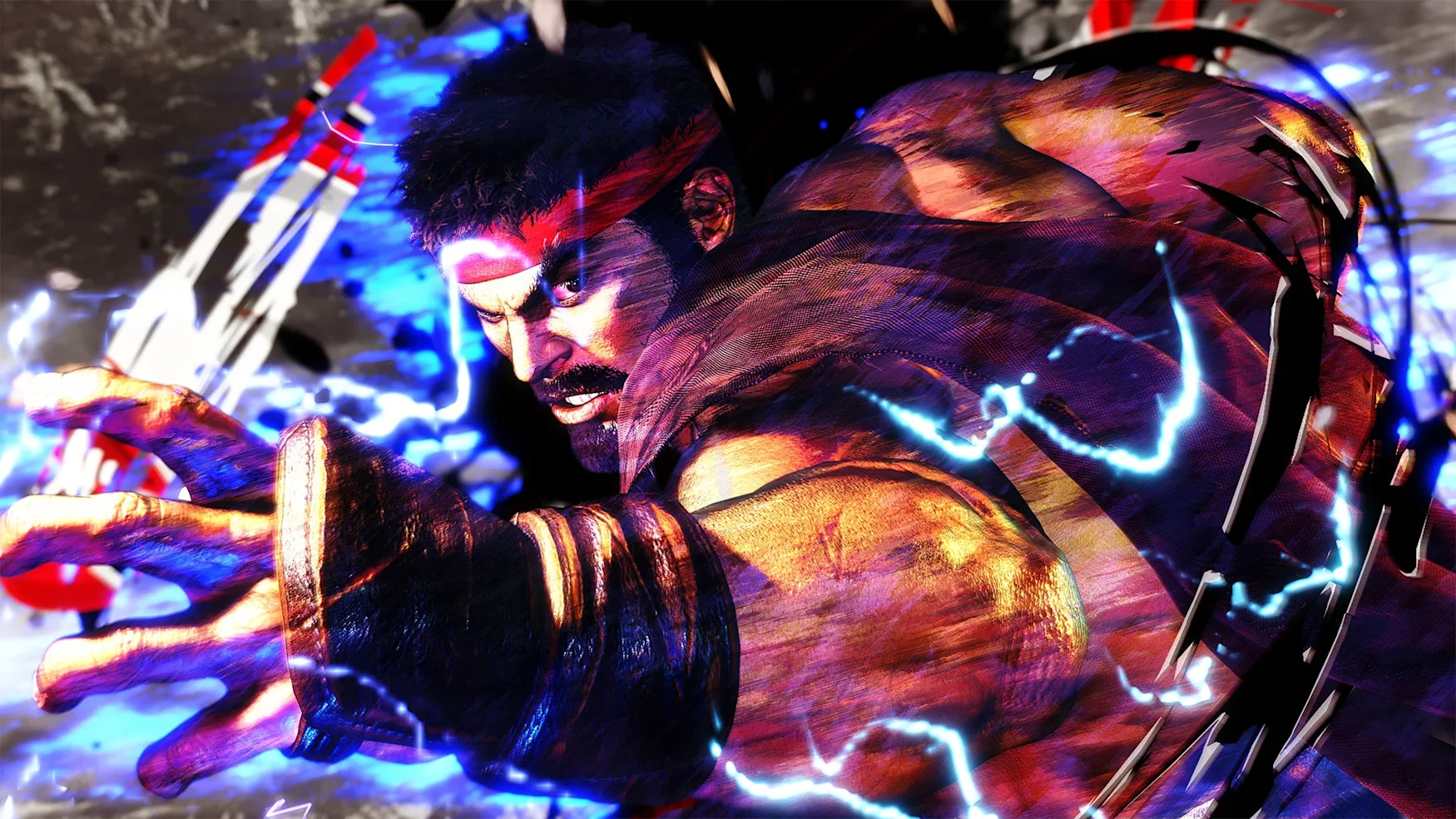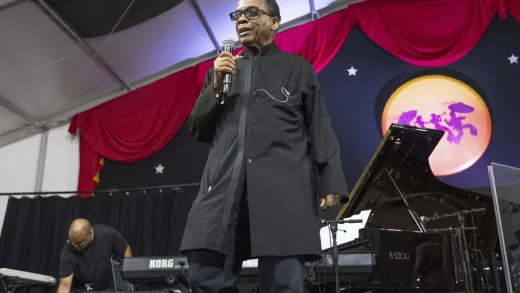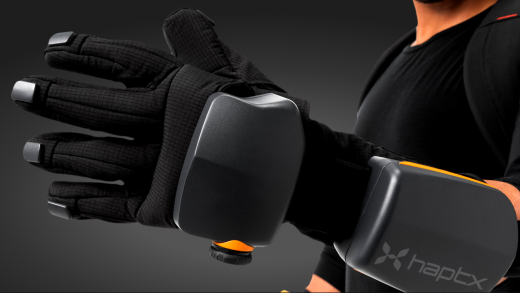
It didn’t take long for me to fall in love with Street Fighter 6. Maybe it was during a particularly epic Drive Gauge parry, which filled my computer screen with explosive color, or while playing through the Yakuza-esque World Tour, as I picked fights with randos on the street. At some point, I felt like I was home again, combo-ing into Dragon Punches and wreaking havoc with Chun Li’s endless arrays of lethal kicks. Street Fighter 6 proves that Street Fighter is back — it’s a game primed to welcome new fans and bring old ones back into the fold.
When I talk about old fans, I’m referring to myself. I remember the sense of awe I felt when I first encountered a Street Fighter 2 cabinet at my local Burger King (my hometown was sadly devoid of arcades). The sprites were bigger than I’d ever seen and gorgeously animated. The characters were all distinct and filled with personality. And the controls opened my eyes to the possibilities beyond mere platformers.
There’s a reason Street Fighter’s special moves have lived on: They’re easy to learn, but they require practice to pull off consistently. Get good enough, though, and they start to feel like an extension of yourself. If you’re a hadouken master, you may as well have lightning crackling around your fingers.

Capcom
In an effort to open up to new audiences, Street Fighter 6 takes a remarkable new approach to special moves. In addition to the classic controls fans love, there’s also a “Modern” scheme, which dramatically simplifies button inputs, as well as “Dynamic” controls, which basically let you mash buttons to have the game’s AI take the wheel. The modern mode replaces the six separate punch and kick buttons with three buttons for light, medium and heavy attacks. There’s also a standalone special move button that activates different attacks depending on how you’re holding the directional pad. This change gives you four functional buttons right on the face of your gamepad, rather than shoving some attack buttons to shoulder buttons like the classic controls.
While Street Fighter’s hardcore fans may decry these options as a way to water down the series, I see them as essential to its survival. The previous entry, Street Fighter V, was widely criticized for catering to e-sports players and other diehards. It took years for a traditional arcade mode to appear, but by then many had already written the game off. Street Fighter 6, on the other hand, is a direct appeal to casual fans and the Street Fighter-curious.
That’s also evident in the new World Tour mode, which involves designing your own fighter to go on a series of quests throughout an NYC-like environment. It’s basically a Street Fighter RPG crossed with a Yakuza game: You’ll earn experience points and level up, and you can also challenge people on the street to impromptu matches. The results are almost always ridiculous — I never got tired of seeing bored businessmen throw down — but crucially, it’s also genuinely fun.
Early on, World Tour also serves as a sort of interactive training mode for new players. It helps you understand the modern fighting mode, as well as some of the finer details of street fighting. You’re also coached along the way by Luke, the last character introduced in Street Fighter V, and the ostensible main character for this game. As a big brother figure, he’s cocky yet supportive, a helpful combination for new players.
Even before you get into a match, Street Fighter 6 oozes style. The opening menus are a combination of neon city lights and street art, the character select theme is a catchy (if cringey) hip hop tune, and the music in every stage got my subwoofer thumping. Street Fighter 6 feels like a party that everyone’s invited to, the vibes are just spot on.
Maybe that’s why I had a hard time peeling myself away to deal with the real world, or to play other titles like Tears of the Kingdom. The arcade mode is breezy enough to complete in under 10 minutes. By default, it includes four fighting matches and one classic vehicle destruction mini-game, and the actual gameplay feels more addictive than ever. As usual, playing through an arcade session unlocks background details for characters, but this time you also earn classic Street Fighter art, most of which hit me right in my ‘90s-nostalgic heart.


